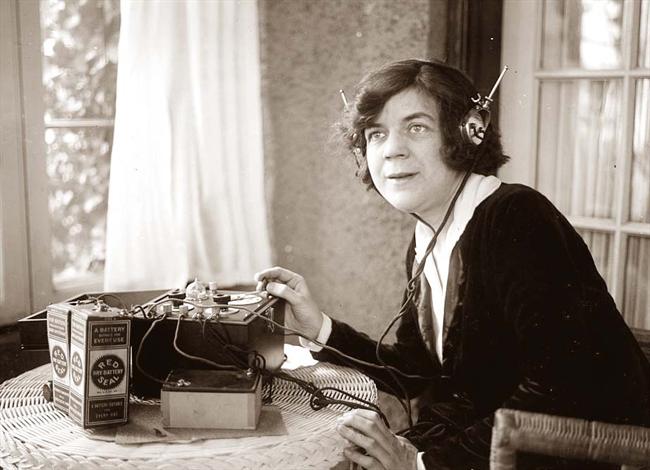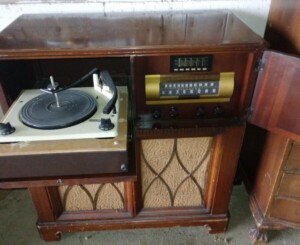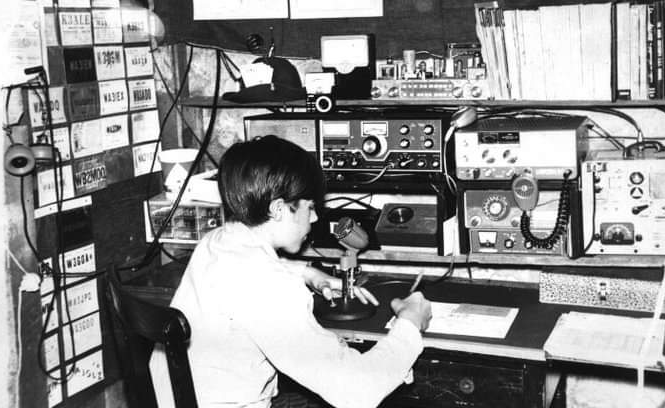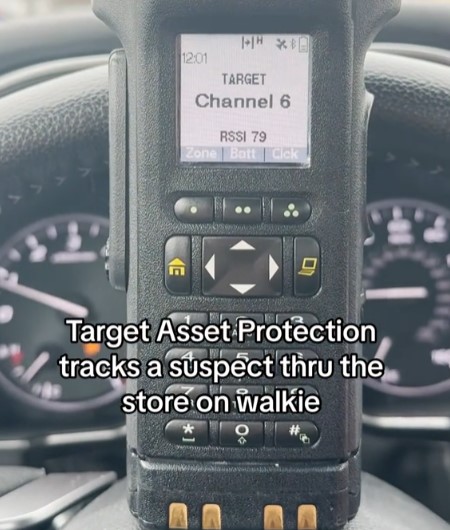It could be more people than you think.

If you are using two-way radios in your business, it’s important to realize that hobbyists (and others) may be listening to your communications. The proliferation of inexpensive radios also makes them potential choices for deliberate eavesdropping as well.
Recent news stories reveal how one ham radio enthusiast (@mister_twister_55 with 69,000 followers) has been gaining popularity on TikTok by posting what he is hearing from employee radios at stores like Kohl’s and Chick-fil-A.
His TikTok posts include radio traffic many other stores as well, including Costco and Target, listening to store security following a shoplifting suspect.
https://www.distractify.com/p/target-theft-prevention-audio
https://www.dailydot.com/news/eavesdropping-kohls-workers/
https://www.dailydot.com/news/customer-listens-to-chick-fil-a-radio/
On TikTok: @mister_twister_55
So far his posts seem harmless, but you can bet that he is not alone in his hobby. Many others are likely doing the same thing – and while some may be posting on social media, others may be gathering intel intent on hurting your operations.
A little personal history.
I became a ham radio operator when I was 12 years old, so I have some understanding of the fascination with radio waves and how being able to detect and listen to the invisible signals that are all around us can be very appealing.
My interest in radio began around the age of nine or ten. My parents had a shortwave radio housed in an old cabinet along with a record player. Along with the AM and FM broadcast bands this radio could also receive three shortwave bands.
My cousin and I shared this interest as he found that there was a similar radio at his house. We began comparing notes on the things we were tuning in. I soon went to work disassembling our cabinet in order to take just the radio chassis up to my bedroom so I could listen more intently. From there I could also string a long wire antenna out of the window and pick up transmissions from farther away.


My first shortwave radio after I had removed it from its cabinet.
Radio Moscow, Radio Peking, and Voice of America were probably the strongest signals I could hear, but there were many other stations to find if one listened carefully. You might just hear a faint noise amid the static, but tuning back over it you would realize that there was a voice in there, sometimes music, and if you fiddled with the dials or with the antenna and listened patiently you could understand what was being said. Sometimes it might be a radio program, sometimes conversation between ham operators, but some were more mysterious. Number stations that only read lengthy series of number codes, unlicensed pirate stations, military stations using single-side-band that sounded like Donald Duck. There was a lot to take in. Tuning higher up in frequency found CB channels were easy to listen to and hear conversations from truckers and many others.
The act of tuning a dial and listening, listening for any sound, any signal that may have some intelligence behind it could take up many hours. Knowing that the radio signals were out there also seemed to open up other considerations. Broadcast radio, shortwave radio, police radio, military, CB, ham radio, there were conversations going on all around us all the time. Who were they and what were they talking about?
As radio technology progressed, so did our hobbies. My cousin and I worked to get more advanced radios, eventually obtaining our own amateur radio licenses and convincing our parents to spend more cash on us. Ham operators are often thought of as the original hackers, taking apart radio equipment to try to improve capabilities.

The hobby grew and developed. The original shortwave radio still visible on the shelf. (me ca 1969)
The world has become much smaller with the development of the internet. International news is just a click away. You can now just Google “Radio Moscow” (or Pravda) rather than wait for the best time of day or night for good signal propagation. Certainly shortwave listening may have waned as a hobby, but radio monitoring has not disappeared as a hobby. Inexpensive radios can now be programmed to tune in to any frequency desired. Numerous popular online channels help to promote ham radio as it now includes transmission of all sorts of data as well as voice.
Two-Way Radios Abound
Inexpensive radios with advanced capability are now readily available from Amazon and other sources – many coming from Russia and China as well. Radios and scanners today are now computerized and with proper software can tune in police and many other digital signals.
Two-way systems are also much cheaper than they were years ago, so many businesses now use walkie talkies on a daily basis for things like in-store, restaurant, or warehouse communications as well as for security personnel.

So are you vulnerable?
All criminals will benefit from conducting surveillance ahead of time. Monitoring radio traffic is one simple form of surveillance. If you use two way radios in your facility or for your operations you may want to check your systems capabilities. Some radios may have various forms of built in encryption as an option, that could be helpful. Chances are, though, your radio signals may be easy to demodulate (listen to). Be sure your employees and staff understand someone may be listening. So they should be cautious of what they say over the air and never allow private or confidential information to be discussed.
Hopefully recordings of your communications will not become the next hit on TikTok.

